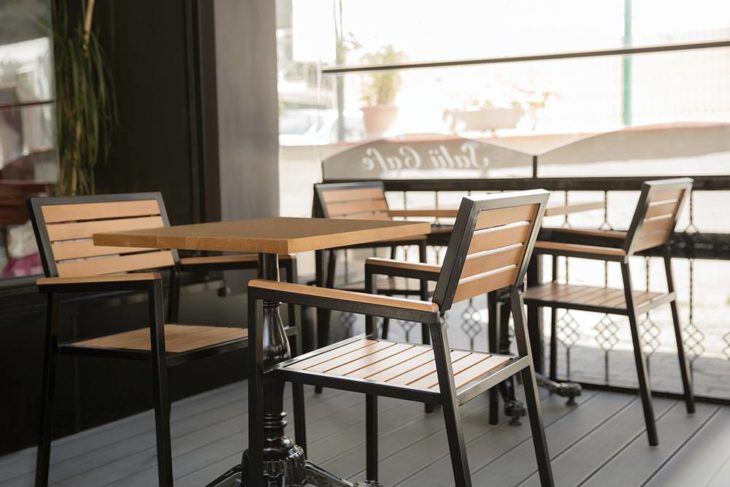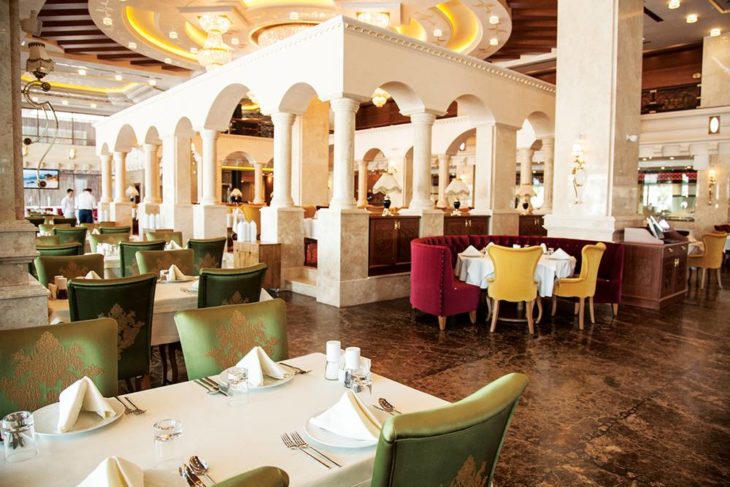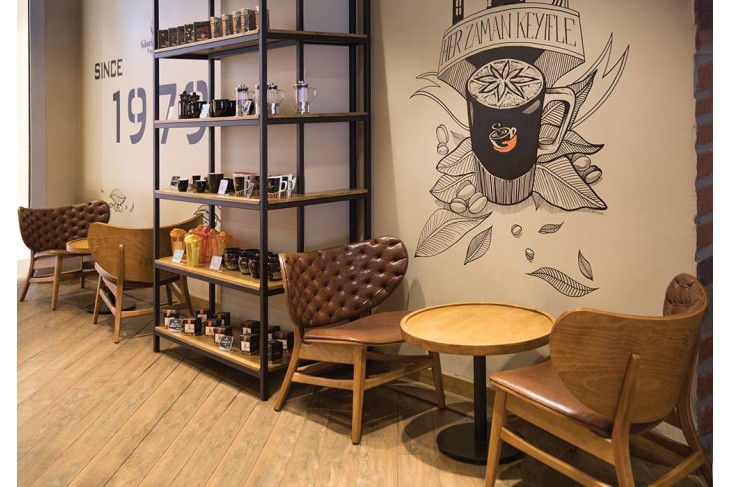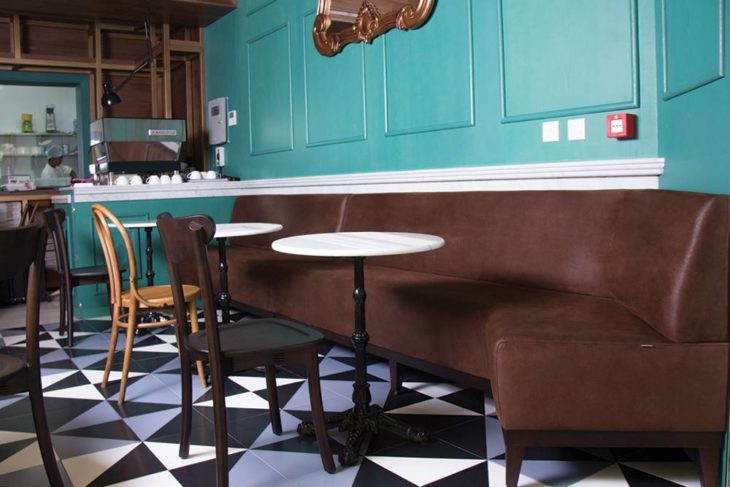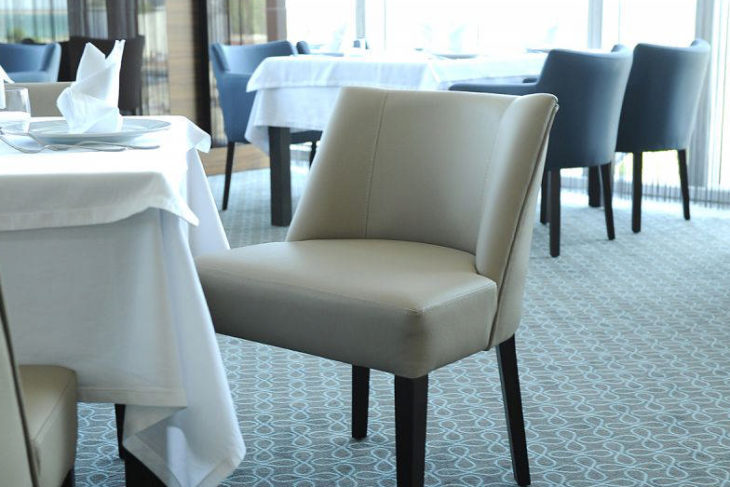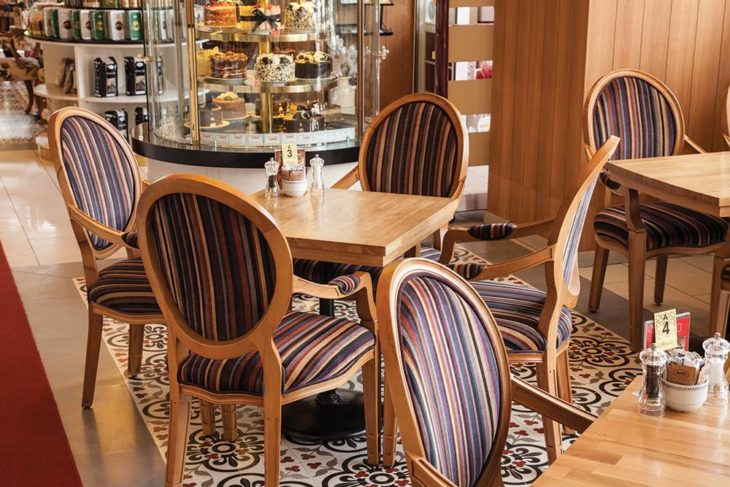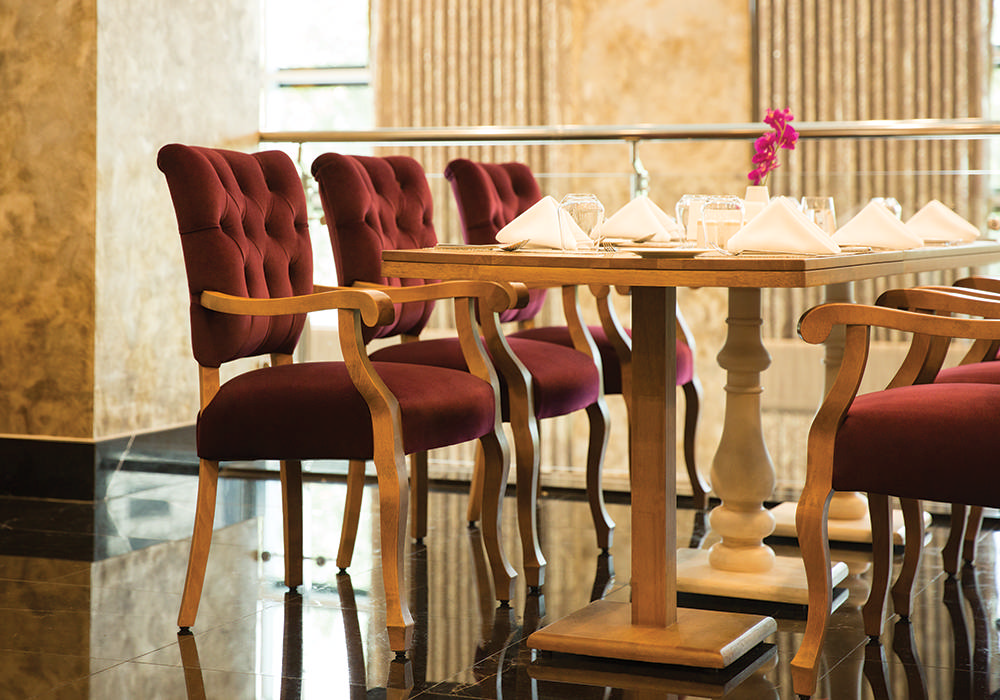
Since its first appearance some 300-some years ago in France, the chaise lounge has come a long way as far as design of form. From the very first model came modifications like the Recamier, the Duchesse Brisee, and the Meridienne. Today, the chaise lounge has also crossed into the outdoor domain, where it enjoys a good deal of popularity in gardens, on decks and in backyards. Here are some differences between indoor and outdoor chairs.
Far from the likes of the original prototypes, the outdoor chaise lounge strays from the strict definition of what the seat should actually look like. In translation, the chaise longue simply means a long chair in French, and so applies to any number of outdoor recliners. The lines begin to blur here, as some pieces of outdoor furniture, the chaise lounge, sun lounger and recliner especially, are difficult to actually tell apart. The key parts are just the backrest and ability to lie nearly supine with legs above the ground. Aside from that, there is a definite amount of crossover that must just be accepted.
The frame for an outdoor chaise lounge can be made from a wide range of furniture building materials. The only condition is that it must be somewhat weather-resistant. Wood that has been treated and varnished will usually last a long time with the right amount of upkeep, as will metal. For elegance and traditional design, a wrought iron frame is beautiful but also arguably heavy. An aluminum frame does not connote the same elegance, but is much lighter and looks more modern. Both are subject to rusting after enough time.
Plastics like polywood and resin are relatively recent innovations and are perfect for use in patio furniture.
They are durable, relatively inexpensive, and are often molded to resemble more expensive and traditional materials like wood and concrete. Though more fragile, wicker is a popular choice but is not meant to be left completely outdoors and unprotected from the elements. Keeping your wicker chaise lounge beneath a covered porch or deck will keep it away from rain and too much direct sunlight. For inside the frame, cushion supports like the strap and the sling are often employed. These are strong and usually made from a waterproof nylon or plastic. As far as innovations, the zero gravity chair is built for maximum comfort and so its user can more fully relax without putting any extra pressure onto any part of the body, especially the seat.
The cushions of an outdoor chaise lounge must also be waterproof because a certain amount of moisture from rain, snow and dew is to be expected. The inside, a polyfill blend, is also more waterproof than indoor cushions.
The indoor chaise lounge is recognized as the proper definition insofar as appearance. The basic design for a chaise is an upholstered couch-looking piece of furniture which is really like an extended chair with at least a headrest and the ability for one to recline and elevate one’s feet. Various styles come with double headrests, attached armrests and some also come with matching, separate footrests.
The cushion filling for an indoor chaise is very much like any other piece of upholstered indoor furniture. It’s the outside covering where the beauty usually lies, especially because the chaise lounge is meant to convey opulence, and this is often reflected in expensive fabrics, like satin and velvet. Leather and microsuede are two especially luxurious materials. Aside from the cushion material, the accompanying patterns and colors adorning it are beautiful and endless. Solid, block color, Asian print, paisley, you name it. If you don’t like the way it looks, a chaise lounge is reupholstered as easily as a couch or old armchair.
Originally, the frames for the very first chaise lounge chairs used in drawing rooms was made from wood. Variations on the indoor chairs also brought about a mobile chaise lounge made from metal used by the French army. This seat was portable and could be folded and unfolded. Today, most indoor chaise lounge frames are still made from wood, some of which is ornately carved. While there also exist chaise loungers with metal frames, they are not nearly as portable or foldable as were their predecessors. For indoor use, it is assumed that the chair will not be moved around very often, so weight and ease of movement are not of chief priority.
